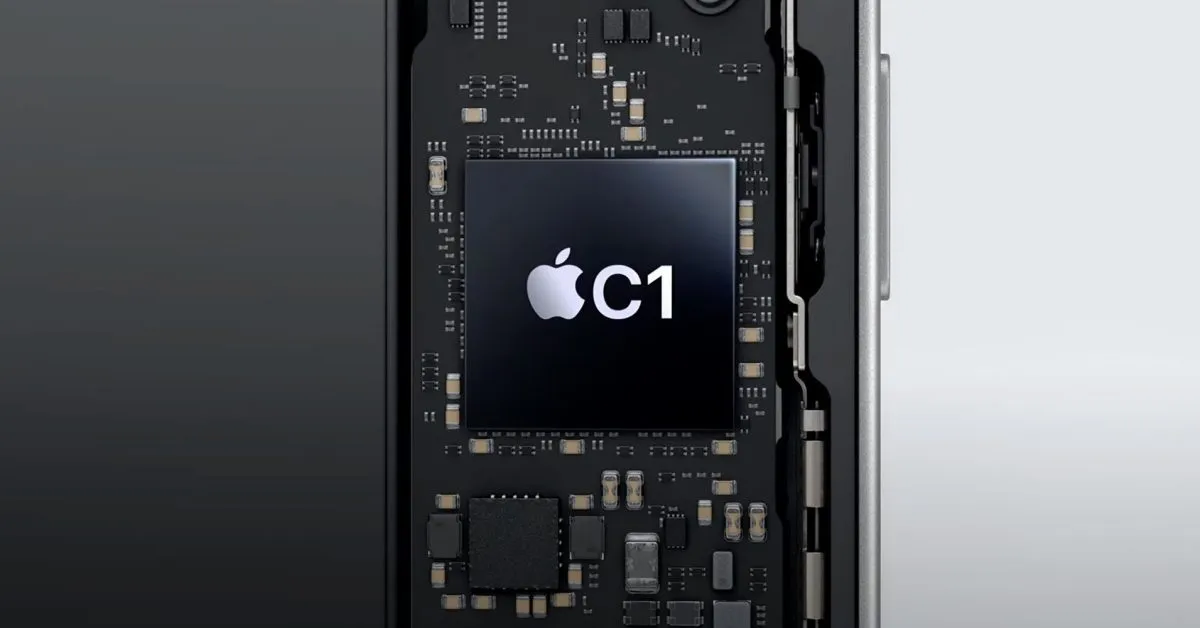
Apple's first modem, the C1 chip, has garnered attention for one significant omission: it does not support mmWave 5G, the ultra-fast variant of 5G technology. While many industry analysts, including myself, initially deemed this lack of support inconsequential due to the limited rollout by carriers, there appears to be a specific rationale behind Apple's decision. This decision was influenced by the extensive development timeline of the C1 chip, which took many years to come to fruition.
While Apple has demonstrated its prowess in designing Mac processors that surpass Intel’s offerings, one might assume that creating a radio chip would be a straightforward task. However, the reality is that designing a modem is significantly more complex than it seems. There are three primary reasons that contribute to this complexity:
Global Standards Variability: Mobile data standards differ across the globe. A chip intended for worldwide use must accommodate all these variations. Carrier-Specific Standards: Even within a single country, different carriers often have their own versions of mobile data standards. Apple must ensure compatibility with all these variations. Backward Compatibility: In addition to supporting current standards, the modem must also accommodate previous generations. For example, if 5G is unavailable, the chip should seamlessly revert to 4G.These factors culminate in a highly intricate modem specification list that includes support for various bands of 5G NR, FDD-LTE, TD-LTE, UMTS/HSPA+, GSM/EDGE, and more.
The C1 chip supports a wide range of technologies, including:
5G NR (Numerous bands such as n1, n2, n3, n5, etc.) FDD-LTE (Multiple bands including 1, 2, 3, etc.) TD-LTE (Various bands such as 34, 38, 39, etc.) UMTS/HSPA+ (Supports multiple frequencies) GSM/EDGE (Also supports various frequencies) 4×4 MIMO for enhanced performance Wi-Fi 6 (802.11ax) with 2×2 MIMO Bluetooth 5.3 and NFC capabilitiesPrior to the release of the C1 chip, it was anticipated that Apple would make certain compromises, and indeed, this turned out to be accurate. Notably, Apple decided to omit support for mmWave 5G and limited the Wi-Fi capabilities to Wi-Fi 6 instead of the more advanced Wi-Fi 7.
According to renowned Apple analyst Ming-Chi Kuo, the exclusion of mmWave 5G support is largely attributed to power consumption concerns. One of the highlighted advantages of the C1 chip is its significantly lower power usage compared to previous Qualcomm modem chips. Although supporting mmWave 5G isn't particularly intricate, achieving stable performance while maintaining low power consumption poses a considerable challenge. However, Kuo notes that Apple is actively working on overcoming this hurdle and plans to support mmWave in the next iteration of the C1 chip.
Apple is reportedly developing a refreshed version of the C1 chip, set for mass production next year. This new version aims to enhance power consumption, improve transmission speeds, and include support for mmWave 5G.
In addition to the advancements in modem technology, Apple continues to offer a range of accessories for the iPhone 16, including:
Anker 511 Nano Pro ultra-compact iPhone charger Spigen MagFit case for added MagSafe support Apple MagSafe Charger with 25W power compatibility for iPhone 16 models Apple 30W charger for enhanced charging capabilities Anker 240W braided USB-C to USB-C cable